The Archie Carr National Wildlife Refuge stretches across 20.5 miles between Melbourne Beach and Wabasso Beach along Florida’s east coast. The refuge was established in 1991 and was named after the late Dr. Archie Carr, Jr., in honor of his extraordinary contribution to sea turtle conservation. The Refuge is a direct result of Dr. Carr bringing attention to the world’s declining turtle populations due to over-exploitation and loss of safe habitat.
The refuge was designated to protect habitat for what is the most significant area for loggerhead sea turtle nesting in the Western Hemisphere, and the most significant area for green turtle nesting in North America. This represents 25-35% of all loggerhead and green sea turtle nests in the US. It also serves as a minor nesting area for the leatherback turtle, which is one of the world’s largest and rarest sea turtles. The long stretches of quiet, undisturbed sandy beaches, with little or no artificial light, are essential to the reproductive success and survival of the 15,000 to 20,000 sea turtles nesting annually.
Photo: Terry Ross
Known in Hawaiian as Ilio-holo-i-ka-uaua, or “dog that runs in rough water”, the Hawaiian monk seal may be the most ancient seal species. Radio-tracking is teaching us more about these critically endangered marine mammals, which spend most of their lives at sea, but raise pups on Hawaiian Islands National Wildlife Refuge beaches in Papahānaumokuākea Marine National Monument.
Photo: Hawaiian Monk Seal Research Program
Most of Oregon’s 1.2 million seabirds nest in the Oregon Islands National Wildlife Refuge, a 320-mile-long sweep of 1,400 islands, rocks, and reefs along the Oregon coast from Tillamook Head to the California border. The rocks, islands and all but one headland are classified as wilderness and are closed to the public as sanctuaries for nesting birds. Beach-goers can explore the tide pools teeming with sea life below the high tide line on the refuge’s protected rocks and islands.
Photo: Roy W. Lowe/USFWS
Treat yourself with a visit to a national wildlife refuge during National Wildlife Refuge Week, from October 14-20. Celebrate America’s wildlife heritage, and see what wildlife refuges are doing to conserve it.
Since Theodore Roosevelt established the first national wildlife refuge in 1903, the National Wildlife Refuge System has become the nation’s premier habitat conservation network, encompassing 150 million acres in 556 refuges and 38 wetland management districts. Every state has at least one national wildlife refuge. There is a national wildlife refuge within an hour’s drive of most major cities.
This photo is of Becharof National Wildlife Refuge, which was established to conserve brown bears, salmon, migratory birds, caribou, marine birds, and mammals; to fulfill treaty obligations; to provide for continued subsistence uses; and to ensure necessary water quality and quantity.
Photo: Julia Pinnix
Everyone loves a photo of a baby walrus right? Mitik and Pakak are orphaned Walruses found in Alaska this past July. On the recommendation of the U.S. Fish and Wildlife Service, they are being transferred to the New York Aquarium and Indianapolis Zoo.
Read more about Mitik and Pakak here.
Photo: Alaska SeaLife Center
A wildfire has been reported at Rocky Mountain National Park this week. Here is a picture of what it looked like on Tuesday. For updated information on the current status of the fire, click here.
Photo: VIP Hahn
On an island amid towering spruce and hemlock, Sitka National Historical Park preserves the site of a watershed battle between invading Russian traders and indigenous Kiks.ádi Tlingit; park visitors are awed by Tlingit and Haida totem poles standing along the park’s scenic coastal trail; and the restored Russian Bishop’s House speaks of Russia’s little known colonial legacy in North America.
Three cheers to Sitka NP annual photo contest first place winner Ernest Manewal and his photo titled “Sitka National Historic Park and Tide Pools at Sunset.” A great photo if you ask us!
Red Rock Canyon was designated as Nevada’s first National Conservation Area. Red Rock Canyon is located 17 miles west of the Las Vegas Strip on Charleston Boulevard/State Route 159. The area is 195,819 acres and is visited by more than one million people each year. In marked contrast to a town geared to entertainment and gaming, Red Rock Canyon offers enticements of a different nature including a 13-mile scenic drive, more than 30 miles of hiking trails, rock climbing, horseback riding, mountain biking, road biking, picnic areas, nature observing and visitor center with exhibit rooms and a book store.
Photo: Van Phetsomphou
The popular overlook at Wild Goose Island in Glacier National Park has a different look this week with fresh snow on the trees and mountains. Fall has definitely arrived!
Photo: National Park Service
Encompassing over 1.2 million acres, Glen Canyon National Recreation Area offers unparalleled opportunities for water-based & backcountry recreation. The recreation area stretches for hundreds of miles from Lees Ferry in Arizona to the Orange Cliffs of southern Utah, encompassing scenic vistas, geologic wonders, and a vast panorama of human history.
Photo: National Park Service
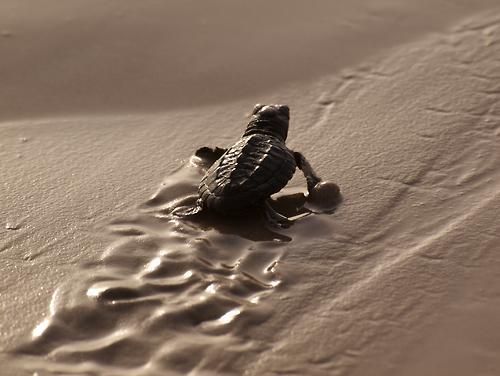
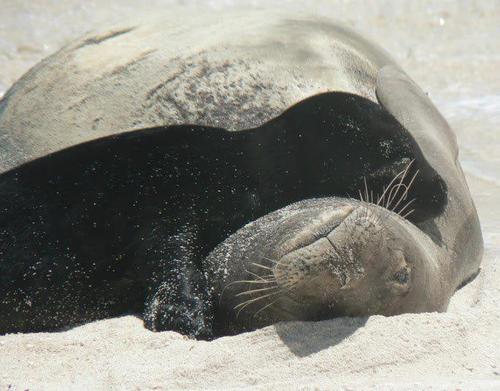
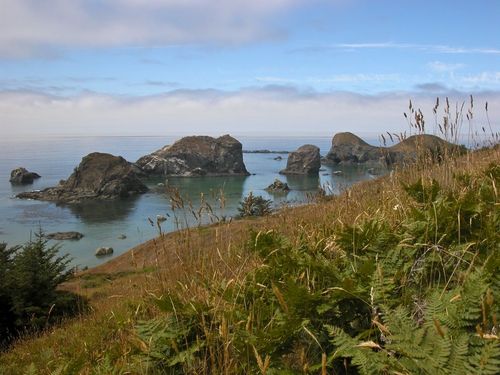
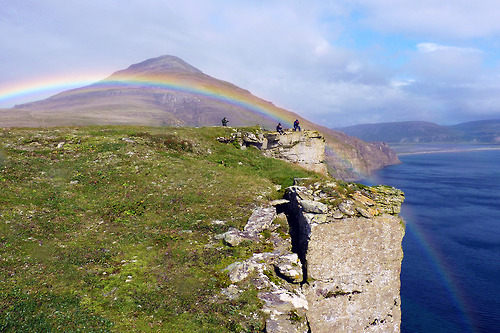



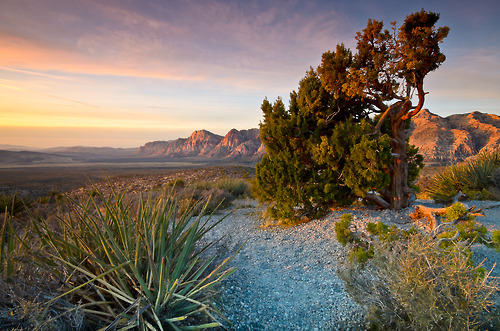
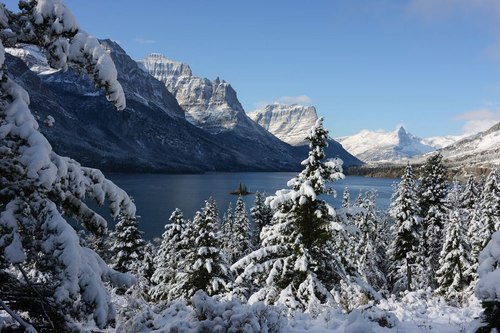
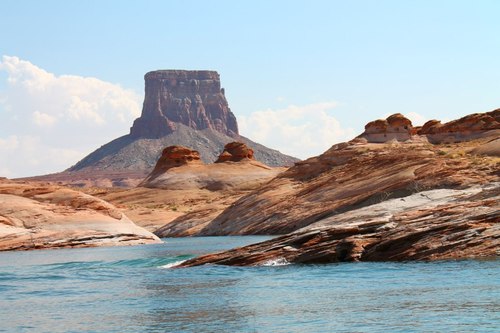
 Privacy
Privacy